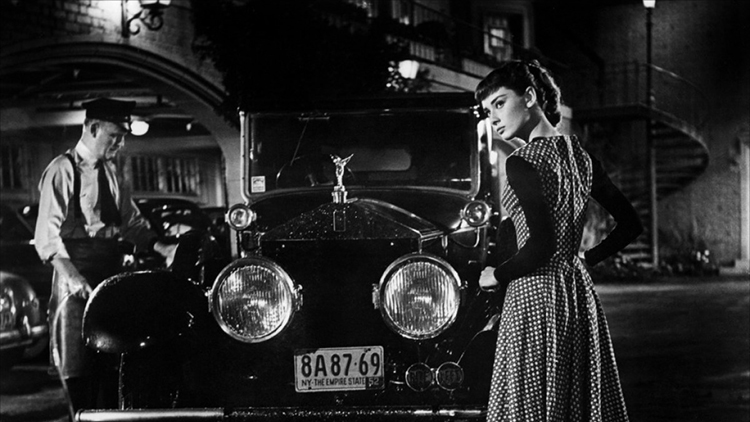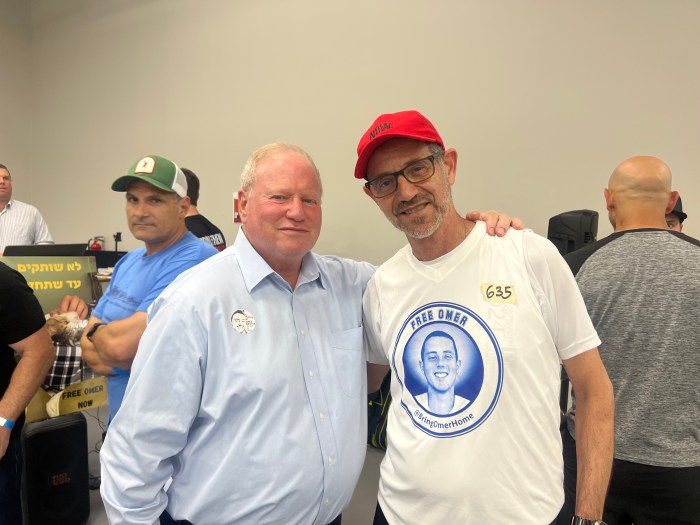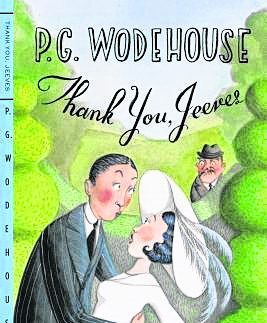When Audrey Hepburn filmed Sabrina in 1953, she was a bona fide movie star starring with Humphrey Bogart and William Holden in tony Glen Cove on the fabled Gold Coast. Wearing the timeless designs of couturier Hubert de Givenchy and legendary designer Edith Head, she was surrounded by lavish wealth and would become wealthy herself as the highest-paid actress in the world, earning $750,000 per film.
But just seven years earlier, in 1946, she was a child living through Europe’s post-World War II famine. What must she have thought of the excesses around her, this talented yet secretive actress who had survived being abandoned in wartime?
DUMPED
Life started out well in Brussels, Belgium for Audrey Hepburn Kathleen Ruston, born into semi-royalty on May 4, 1929. Her mother was Dutch noblewoman Baroness Ella Van Heemstra; her English-Austrian father Joseph Victor Anthony Hepburn-Ruston was a Bohemian banker.
But by the mid-1930s, the British Union of Fascists was popular in England. Hepburn’s parents sympathized and met fascist leader Adolf Hitler; Hepburn’s mother bragged that Hitler kissed her hand and she published a pro-Nazi article. When anti-Semitic ideology spread, though, Hepburn’s mother distanced herself — but her husband joined an extreme splinter group and abandoned his family. After Hepburn’s parents’ divorce, she was sent to a London boarding school. She “was dumped,” she said later.
Her mother moved their family to the Netherlands, which was safe until the 1940 Nazi occupation. Hepburn remembered watching trainloads of Jewish families being deported to concentration camps.
Her father had left his family with no money. Meals consisted of bread made from beans, or broth and a potato — or no food for days.
Hepburn supported the Dutch pushback against Nazi occupation, stuffing resistance newspapers into her woolen socks and wooden shoes and delivering messages and food to downed Allied pilots. Her secret efforts included ballet performances to raise money for the cause. The shy child became a brave, expressive young woman.
After the “Hunger Winter” of 1944-1945, living without electricity or water, the family survived on endive and tulip bulbs. After the Germans blockaded food imports, Hepburn suffered from severe malnutrition, weighing 88 pounds. She developed anemia and jaundice.
STAR POWER
To quiet her hunger pangs, Hepburn read books and continued her ballet lessons. In 1946, agents of the United Nations International Children’s Emergency Fund (UNICEF) rescued her from the famine.
She dreamed of becoming a ballerina. But at 5 feet 7 inches, she was too tall. She moved to London, modeling and acting in revues and cabarets to support herself and her mother and training to become a dental assistant. In 1951, entranced by the actress’ distinguished bearing and elfin-like innocence, the French writer Colette cast Hepburn to star in the stage production of her novel Gigi.
Hepburn starred opposite Gregory Peck in her first American-made movie, as a runaway princess in Roman Holiday in 1953, one of many stylish romantic comedies she would make. She won an Oscar and a Golden Globe for Best Actress.
That year, the Sabrina cast and crew filmed at Kiluna Farm, the estate of CBS creator William S. Paley. Once a working farm, it is now the luxury development Stone Hill Manhasset off Shelter Rock Road.
In autumn of 1953 the Long Island Rail Road’s Glen Cove station hosted real royalty when Hepburn was filmed and photographed there, “looking devastatingly chic in her Givenchy suit and hat,” according to VanityFair.com. Formerly called Nassau station, it was built in 1895 to provide a dignified station for local millionaires such as J.P. Morgan.
HUMAN KINDNESS
Audiences worldwide loved her and she earned numerous awards. But at heart she was the mother of two sons, who described “being miserable” when she was away from them. So in 1966, she walked away from acting to stay home to raise her children.
She never forgot how UNICEF saved her. In 1989, after her children were grown, she was appointed UNICEF’s Goodwill Ambassador. Advocating for children’s rights, Hepburn visited drought-ravaged villages and met with members of Congress. Her granddaughter Emma Kathleen Hepburn Ferrer said her mother would not just say hello to the children: “She would really pick them up and cradle them and kiss the mothers’ hands.”
In her final film Hepburn appeared in a cameo as a graceful, serene angel in Steven Spielberg’s Always. She worked with UNICEF until 1993, when she passed away from appendicular cancer.


































